Fever is one of our body’s most basic ways of protecting us from harmful viruses and bacteria. My family embraces natural fevers and we even intentionally give ourselves fevers at home with our infrared sauna or hot baths when we’re fighting off viral illnesses like colds and flu, or battling bacterial infections.
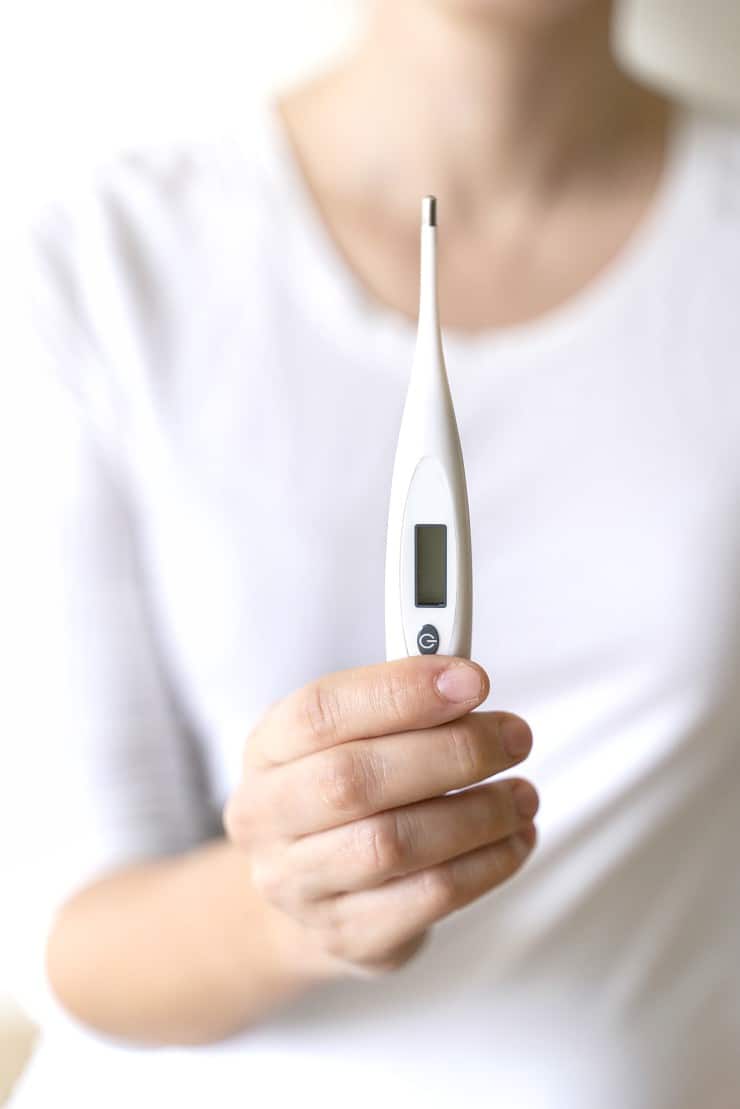
The concept of choosing not to lower a fever, or even to intentionally give oneself a fever, may seem strange to some. Fevers are uncomfortable and most of us associate them with being sick. But, fever itself is a natural and helpful process and, in most cases, its benefits outweigh its risks.
Benefits of Fever
I’ll say right at the outset, there are definite risks associated with sustained or very high fevers. And fevers in babies, young children, and those with organ dysfunction, certain inflammatory conditions, or brain injuries should be treated with much more caution than in older kids and adults. For advice about what to do with your fever or whether it’s safe to give yourself a fever, always contact your healthcare provider.
That said, it’s important to remember that fever is a natural way the body defends itself against viruses and bacteria.
- Increases immune function – Fever temperatures of 101-103 degrees Farenheit increase immune activity in both arms of the immune system (the “innate” and “adaptive”). (1)
- Decreases the spread of viruses – When fever is reduced, individuals feel better and are more likely to resume daily activities, where they can spread the virus to others. Alternatively, those with fever are more likely to stay at home, reducing viral spread. (2)
- Speeds recovery time – Fevers suppress the ability of viruses and bacteria to replicate, speeding up recovery time. (1,2)
- Decreases flu deaths – People are less likely to die from the flu when their fever is not reduced with medications like acetaminophen and ibuprofen. (3)
- Improves outcomes in bacterial infections – Lack of fever in the presence of bacterial infections is associated with poorer outcomes. (4)
- Improves outcomes in ICU patients – multiple studies in critically ill ICU patients show better outcomes in patients who were not given fever lowering medicine compared to those who were. (1,3)
So, in many cases, jumping right to taking acetaminophen (Tylenol) or ibuprofen (Advil) to lower a fever interrupts the natural immune response and may do more harm than good.
That’s why my personal approach is to let a fever ride up to 103-104 degrees Farenheit (in older kids and adults) before we use fever reducing meds, assuming they’re if they are tolerating the fever well, and are able to rest and stay hydrated.
WHY GIVE YOURSELF A FEVER?
Knowing the powerful advantages fever offers, I try to give myself a fever to jump start the immune attack in certain situations – for example, when I know I’ve been exposed to a virus or I start to have symptoms of a virus or bacterial infection illness like sneezing, runny nose, head congestion, etc.
Note: This post contains affiliate links. By making purchases through these links, you pay the same amount for products, but a small portion of the sale will be sent my way to help support the mission of Back To The Book Nutrition. Thank you!
How to Give Yourself a Fever (2 ways)
What if you want the immune benefits of the fever, but haven’t developed one on your own? There are a couple of simple ways to give yourself a fever. Neither of these will raise body temperature for as long as a natural fever, but I consider them good “next best” options for otherwise healthy individuals.
Again, it’s always best to ask your doctor to be sure these are safe for your particular situation before trying either of them.
1. Sauna
Saunas have been used in some cultures for thousands of years. Finland is a country known for its sauna culture, with many families having personal saunas in their homes. In addition to the benefits of raising body temperature to enact the immune system as outlined above, dry saunas and far infrared saunas have been linked to many other health benefits as well.
SAUNA BENEFITS:
- Associated with lower rates of chronic diseases – Cardiovascular disease, high blood pressure, dementia, and lung conditions are significantly lower in those who use a sauna 4-7 times per week. (5,6)
- Improves joint pain, headache, high blood pressure, obesity, influenza, and possibly depression – Regular sauna sessions of as little as 15 minutes each can help with symptoms of these conditions. (5-8)
- Regular sauna users have 40% lower death rates – All cause mortality (death for any reason) was a dramatic 40% lower in a study of 2,300 middle aged Finnish men who used the sauna 4-7 times per week. (5)
SAUNA FAQ
Q: Can kids use saunas?
A: Limited data are available to evaluate safety and effectiveness of sauna use in children, so always discuss sauna use with your child’s pediatrician first. Of note, children routinely use the sauna in Finland and other northern European cultures, and at least one study has demonstrated health benefits in children ages 5-10. (9)
Q: Which Type of Sauna is Best?
A: Most published studies have evaluated effects of dry saunas that use heat alone, or infrared saunas that use light + heat. We purchased a “Signature I” far infrared sauna from Sunlighten, a leading manufacturer with third party data to confirm their far infrared units emit near-zero EMFs.
Want a hefty discount on your own Sunlighten Sauna?
Email Cathy Freund at CFreund@sunlighten.com and tell her I sent you! 🙂
Q: How long, how hot, and how often?
A: Based on the sum total of research referenced above, I would say at least 10 minutes in a sauna set to 175 degrees Farenheit, at least 2 times per week would be a reasonable goal. For those looking to actively fight a virus or infection, or to alleviate active symptoms of the conditions listed, aiming for 20-40 minute sessions on 4-7 days per week may make sense.
2. Hot Baths
No sauna? No problem! There’s a free and easy way to get at least some of the benefits of “hyperthermia” in your bathtub!
I have to credit my husband for this idea – while we waited for our infrared sauna to be delivered, he came up with a bathroom set up that was able to raise our core temperature to 101-102 degrees in under 30 minutes! That’s an engineer for you. 😉
HOW DO YOU KNOW HOT BATHS WORK?
Unlike the research on sauna use, very few studies have used hot water baths. One small study of 12 individuals submerged in water that was 103 degrees F (a little cooler than my hot bath water) for two hours resultsed in significant increases in immune activation that remained elevated for several hours afterward. (10) I wouldn’t recommend sitting in a hot bath for two hours, but the principle should apply to shorter baths as well.
HOW TO CREATE A DIY SAUNA IN YOUR BATHTUB:
- STEP 1: Set your water heater to a high enough temperature that you can fill the tub with very hot water. Our water temperature coming out of the faucet is around 107 degrees Farenheit. Make sure no one else is showering, doing laundry, washing dishes, or other activities that will steal your hot water.
- STEP 2: Get set up. I like to have these on hand:
- Large towel for drying off when I get out
- Hand towel to wipe the sweat from my face during the bath
- Digital thermometer – I take my temperature 2-3 times during the bath
- Entertainment – I watch shows on my laptop positioned on a stable surface away from the water
- Cold drink and wet rag waiting on the counter to help me cool down quickly when I get out
- STEP 3: Turn on the faucet an let the water heat up. Once hot, turn the water off and let it drain.
- STEP 4: Insert the stopper and turn the water on again, filling the tub with the now hot water.
- STEP 5: Close the curtain while the tub fills to trap as much heat as possible in the tub area.
- STEP 6: Get in. I like to get in as the water fills because I tolerate the temperature better when it fills around me, rather than stepping into a full tub of hot water. But either way works. Don’t forget to close the curtain once you’re in!
- STEP 7: Allow the water to cover as much of your body as possible, ideally covering your chest.
- STEP 8: Sit back and enjoy the soak. I sit up or lean my head outside the curtain for a minute here and there if needed, and I take my temperature often to be sure I’m in a safe range.
- STEP 9: (optional) My husband’s tougher than me and usually drains the tub when the water cools down a bit, then refills it for a second round.
- STEP 10: Get out, towel off, drink at least 8 oz of fluids, and use a cool wet rag to cool your body down while your water drains.
- STEP 11: Take a shower (a cool one feels GREAT after this!), using soap and water to wash your body. The thinking here is two-fold: the cool water helps bring your body temperature back down, and washing with soap helps remove any residue or toxins that may have been released through the sweat.
A Final Word about Sauna and Hot Baths
Like so many aspects of holistic nutrition and health, it’s crucial to listen to your body to help you know when you’ve had enough of the sauna or hot bath. My motto is, “When in doubt, get out!” 🙂
Get more help to support immune function!
How to Fight Cold and Flu Naturally
Colostrum: Benefits, brands, dosing, and more!
Easy Elderberry Syrup in 15 minutes!
10 Cheap and Easy Ways to Detox
Disclaimer: Information on this site is intended only for informational purposes and is not a substitute for medical advice. Always consult with a trusted healthcare provider before implementing dietary or lifestyle changes. Read additional disclaimer info here.
References:
- Evans SS, Repasky EA, Fisher DT. Fever and the thermal regulation of immunity: the immune system feels the heat. Nat Rev Immunol. 2015;15(6):335–349. doi:10.1038/nri3843/ https://www.ncbi.nlm.nih.gov/pmc/articles/PMC4786079/
- Earn DJ, Andrews PW, Bolker BM. Population-level effects of suppressing fever. Proc Biol Sci. 2014;281(1778):20132570. Published 2014 Jan 22. doi:10.1098/rspb.2013.2570. https://www.ncbi.nlm.nih.gov/pmc/articles/PMC3906934/
- Ray JJ, Schulman CI. Fever: suppress or let it ride?. J Thorac Dis. 2015;7(12):E633–E636. doi:10.3978/j.issn.2072-1439.2015.12.28 https://www.ncbi.nlm.nih.gov/pmc/articles/PMC4703655/
- Cannon JG. Perspective on fever: The basic science and conventional medicine. Complementary Therapies in Medicine. 2013;21(S1):W54-S60. https://doi.org/10.1016/j.ctim.2011.08.002.
- Laukkanen T, Khan H, Zaccardi F, Laukkanen JA. Association Between Sauna Bathing and Fatal Cardiovascular and All-Cause Mortality Events. JAMA Intern Med. 2015;175(4):542–548. doi:10.1001/jamainternmed.2014.8187
- Hussain J, Cohen M. Clinical Effects of Regular Dry Sauna Bathing: A Systematic Review. Evidence-Based Complementary and Alternative Medicine. 2018;Article ID 1857413; https://doi.org/10.1155/2018/1857413.
- Hanusch K, Janssen C. The impact of whole-body hyperthermia interventions on mood and depression -are we ready for recommendations for clinical application? International Journal of Hyperthermia 2019;36(1):573-581. DOI: 10.1080/02656736.2019.1612103.
- Biro, S., Masuda, A., Kihara, T., & Tei, C. Clinical Implications of Thermal Therapy in Lifestyle-Related Diseases. Experimental Biology and Medicine 2003;228(10):1245–1249. https://doi.org/10.1177/153537020322801023
- Jokinen E, Marniemi J, Seppanen A, Irjala K, Simell O. Children in sauna: hormonal adjustments to intensive short thermal stress. Acta Physiol Scand 1991;142(3):437-42.DOI: 10.1111/j.1748-1716.1991.tb09178.x
- Zellner M., et al. Human monocyte stimulation by experimental whole body hyperthermia. Wien Klin Wochenschr 2002;114(3):102-7. https://www.ncbi.nlm.nih.gov/pubmed/12060966

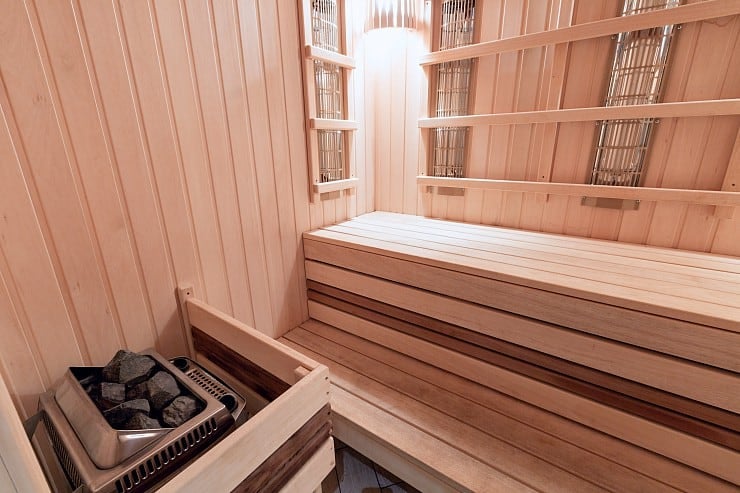
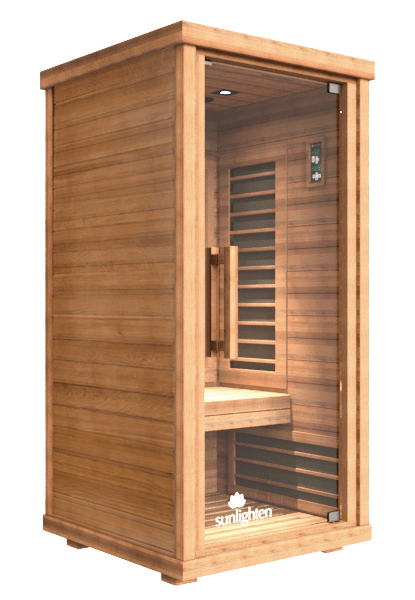


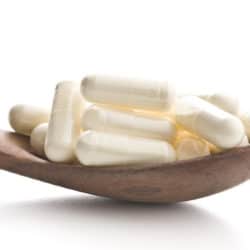
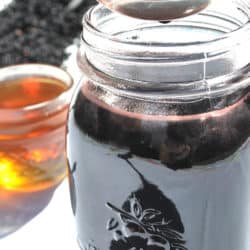

Great post! I appreciate the practical tips you provided. I’m definitely going to try some of these ideas in my own routine!
jili casino
Interesting approach! Embracing fever for its natural healing properties is a unique perspective. Using methods like infrared saunas and hot baths for this purpose is quite innovative. Healthful insights!
While I’d agree a low grade fever can be helpful and is the body doing what it does naturally, I’ve always heard a fever over 102 is dangerous and is now killing healthy cells along with the bacteria and viruses you’re trying to get rid of, and can cause brain damage in the long term. 103 and 104 seems dangerously high to try to cause, and definitely should not be maintained.
Thanks for your comment. Your point is well taken – this isn’t stuff to play around with. One does need to do their own research, consult with their medical team, and approach it with caution and watchfulness. I’ll just clarify that I also wouldn’t intentionally drive a fever up to 103-104 either. My experience of checking temps during sauna/hot bath/etc. is that single sessions raise core temp by 2 or maybe 3 degrees at most – so maybe 101-102 at most (the sauna is usually <100). When a fever gets to 103-104, that’s when I’m thinking about intervening with fever… Read more »
WTF!!!!!
Who in there right mind would give there self a fever?!?!
Fascinating. I didn’t know that fever is a natural way the body defends itself against viruses and bacteria. Great post!
This was really interesting because I totally agree that fevers are definitely beneficial, but always felt weird or odd to say this. This post perfectly states the pros to fevers and how they can be helpful for healing.
Glad you found it helpful, Kileen!
Oh wow! I had no idea you could elevate your body temperature like this to help your immune system. This is such an awesome read! Thank you!
This was a really interesting read. I guess this is why I always crave being hot when I’m feeling bad.
I agree with you when it comes to fever, it really helps to fight the viruses. But this is my first time to know that we can give ourselves a fever by sauna and a hot baths.
I hope you are able to use it in the future!
That’s a great idea.. ! I would definitely try doing that.